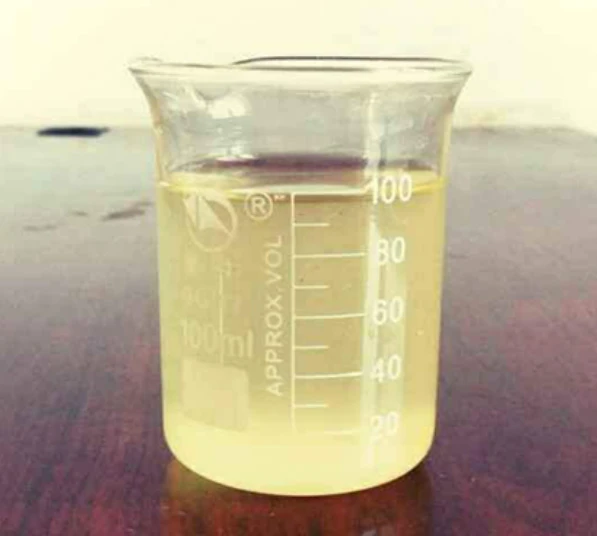Differences Between Flocculants and Coagulants in Water Treatment Processes
Flocculants vs. Coagulants Understanding Their Roles in Water Treatment
Flocculants vs
. Coagulants Understanding Their Roles in Water TreatmentCoagulants are substances that promote the aggregation of particles in a solution. They are typically used to destabilize suspended solids, allowing them to clump together into larger particles, known as flocs. Common coagulants include aluminum sulfate (alum), ferric chloride, and polyaluminum chloride. These agents work by neutralizing the charges on the particles, which are usually negatively charged, thereby encouraging them to bond and settle out of the water. The coagulation process is essential for removing impurities and reducing turbidity, making the water clearer and safer for further treatment or direct use.
flocculant vs coagulant

Once coagulation has taken place, flocculants come into play. Flocculants are designed to enhance the agglomeration of the flocs produced during the coagulation phase. They are generally long-chain polymers that can bridge multiple particles, creating larger flocs that are easier to separate from the water. Flocculants are particularly effective in improving the settling rate of these flocs, facilitating more efficient filtration and sedimentation processes. Common flocculants include polyacrylamide and natural substances like guar gum.
The choice between using a coagulant and a flocculant depends on various factors, including the specific characteristics of the water being treated, the type of contaminants present, and the desired outcome. In many cases, both agents are used in tandem to achieve optimal results. For instance, in municipal water treatment plants, coagulants are first added to initiate the removal of solids, followed by flocculants that enhance the process, leading to cleaner and clearer water.
In summary, while flocculants and coagulants serve distinct purposes within the water treatment process, their combined use is vital for effective and efficient water purification. Coagulants initiate the aggregation of particles, while flocculants facilitate the further growth of these aggregates into larger, easily removable flocs. Understanding the differences between these two agents is essential for professionals in the field of water treatment, as it allows them to tailor their approach for specific scenarios, ultimately leading to safer and cleaner water for all users.
-
Water Treatment with Flocculant Water TreatmentNewsJun.12,2025
-
Polymaleic AnhydrideNewsJun.12,2025
-
Polyaspartic AcidNewsJun.12,2025
-
Enhance Industrial Processes with IsothiazolinonesNewsJun.12,2025
-
Enhance Industrial Processes with PBTCA SolutionsNewsJun.12,2025
-
Dodecyldimethylbenzylammonium Chloride SolutionsNewsJun.12,2025





